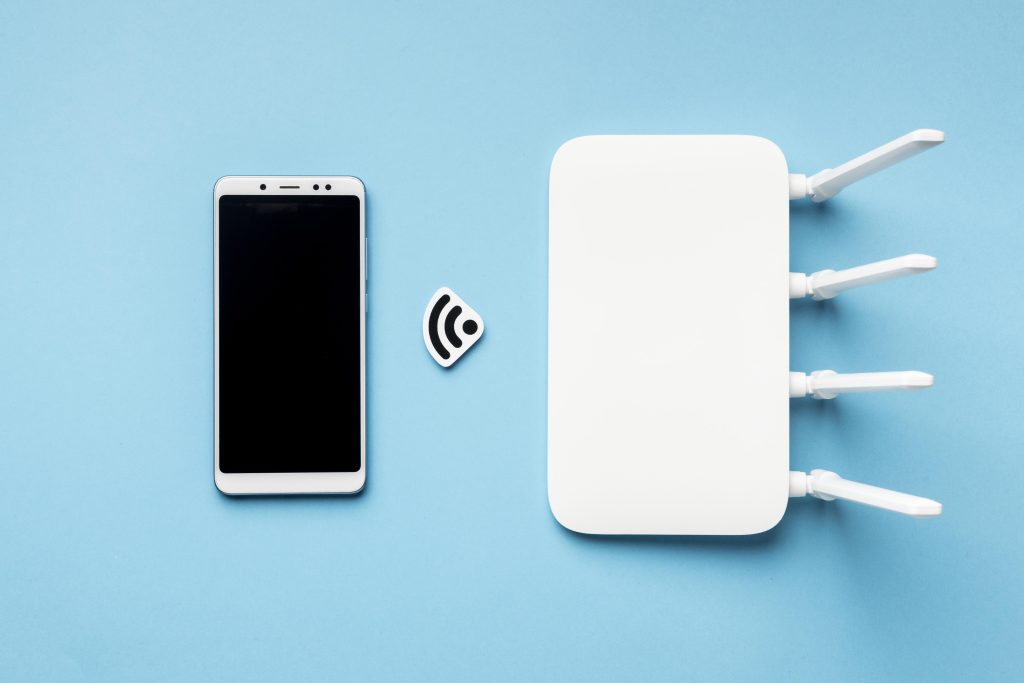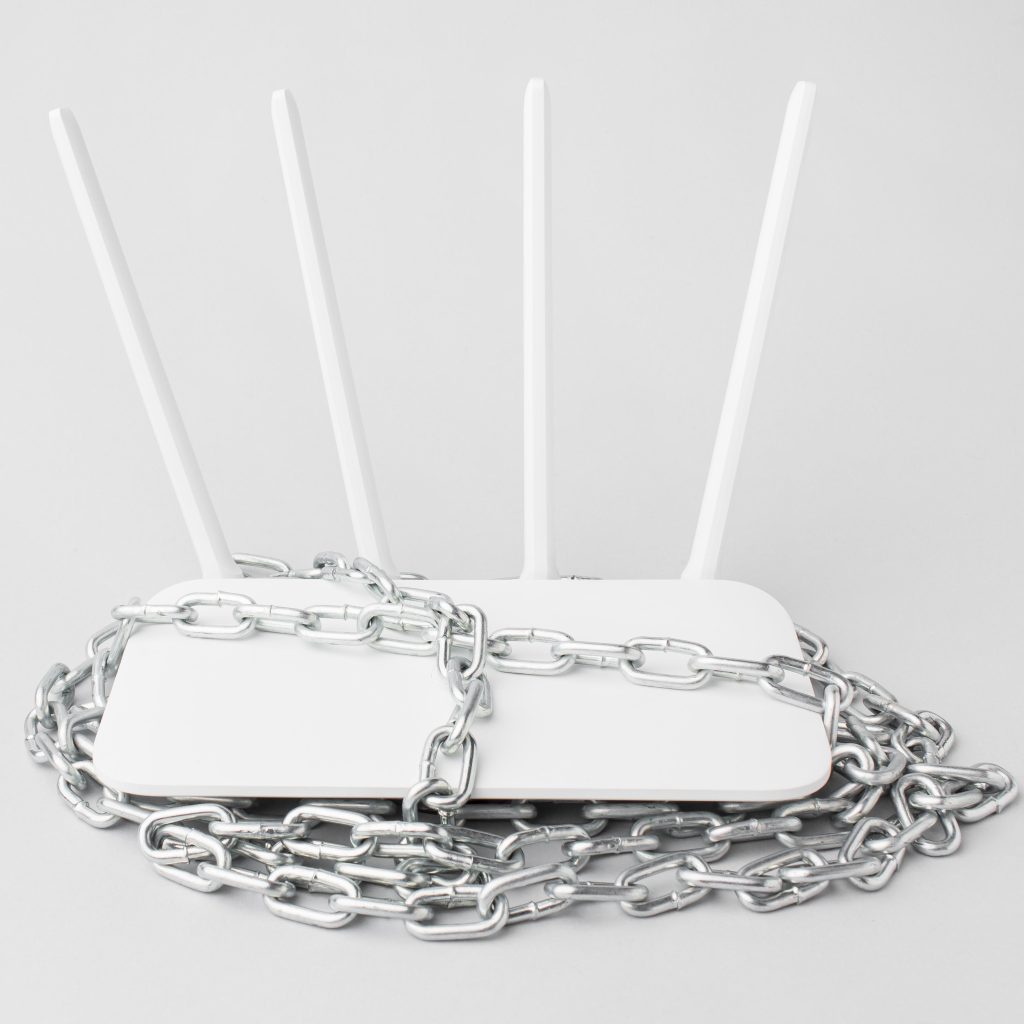Demystifying Wireless Network Security: A Beginner’s Guide

Within the boundless data oceans of the modern era, wireless networks have become ubiquitous, powering our homes, offices, and public spaces with internet connectivity. While the convenience of wireless technology is undeniable, it also introduces security risks that every user should be aware of. Protecting your wireless network is essential to safeguarding your personal information and preventing unauthorised access. In this beginner’s guide, we’ll demystify wireless network security and provide practical tips to keep your network safe.
Understanding Wireless Network Security

Wireless networks transmit data over radio waves, making them vulnerable to interception by unauthorised users. Ensuring the security of your wireless network involves implementing measures to protect data confidentiality, integrity, and availability. Here are the key components of wireless network security:
1. Encryption
Encryption is the process of encoding data to prevent unauthorised access. In the context of wireless networks, encryption protocols such as WPA2 (Wi-Fi Protected Access 2) and WPA3 are used to secure data transmission. These protocols encrypt data to prevent eavesdropping and unauthorised decryption by malicious users.

2. Authentication

Authentication mechanisms verify the identity of users and devices attempting to connect to a wireless network. Passwords, also known as network keys or pre-shared keys (PSKs), are commonly used for authentication purposes. Strong, unique passwords are essential to prevent brute-force attacks and unauthorised access.
3. Access Control
Access control mechanisms restrict network access to authorised users and devices. MAC (Media Access Control) address filtering is a common method used to limit network access based on unique hardware addresses assigned to network interfaces. However, MAC address filtering alone is not sufficient for robust security, as MAC addresses can be spoofed by determined attackers.

4. Network Segmentation

Segmenting your wireless network into separate virtual LANs (VLANs) can enhance security by isolating different types of devices and traffic. For example, you can create separate VLANs for guest devices, IoT (Internet of Things) devices, and critical infrastructure to prevent unauthorised access to sensitive resources.
Best Practices for Wireless Network Security
Now that you understand the fundamentals of wireless network security, let’s explore some best practices to strengthen the security of your wireless network:
1. Enable Encryption

Ensure that your wireless router is configured to use strong encryption protocols such as WPA2 or WPA3. Avoid using outdated and insecure protocols like WEP (Wired Equivalent Privacy), as they are vulnerable to exploitation.
2. Use Strong Passwords
Choose complex passwords for your wireless network that include a mix of uppercase and lowercase letters, numbers, and special characters. Avoid using easily guessable passwords such as “password” or common dictionary words.

3. Regularly Update Firmware

Keep your wireless router’s firmware up to date by installing security patches and updates released by the manufacturer. Outdated firmware may contain known vulnerabilities that could be exploited by attackers.
4. Disable WPS (Wi-Fi Protected Setup)
WPS is a feature designed to simplify the process of connecting devices to a wireless network, but it can also be exploited by attackers to bypass security measures. Disable WPS on your router to mitigate this risk.

5. Monitor Network Activity

Use network monitoring tools to keep track of devices connected to your wireless network and detect any suspicious activity or unauthorised access attempts.
6. Implement Guest Network
If your router supports it, set up a separate guest network for visitors to access the internet without compromising the security of your main network. Guest networks typically have limited access privileges and are isolated from your primary network.

7. Regularly Review Security Settings

Periodically review and update the security settings of your wireless router to ensure that they align with best practices and security standards.
Conclusion
Securing your wireless network is essential to protect your personal and sensitive information from unauthorised access and interception. By understanding the principles of wireless network security and implementing best practices such as encryption, strong authentication, and access control, you can mitigate the risks associated with wireless communication. Remember to stay vigilant and proactive in monitoring and maintaining the security of your wireless network to keep your digital assets safe from potential threats.
If you’d like to talk first, just contact us or give us a call on 02 6584 1551.





